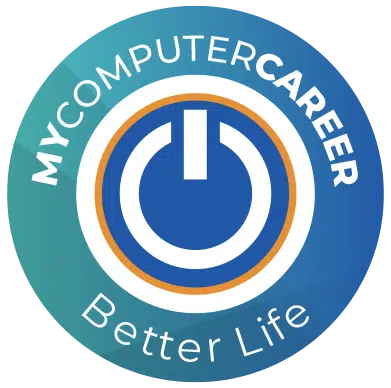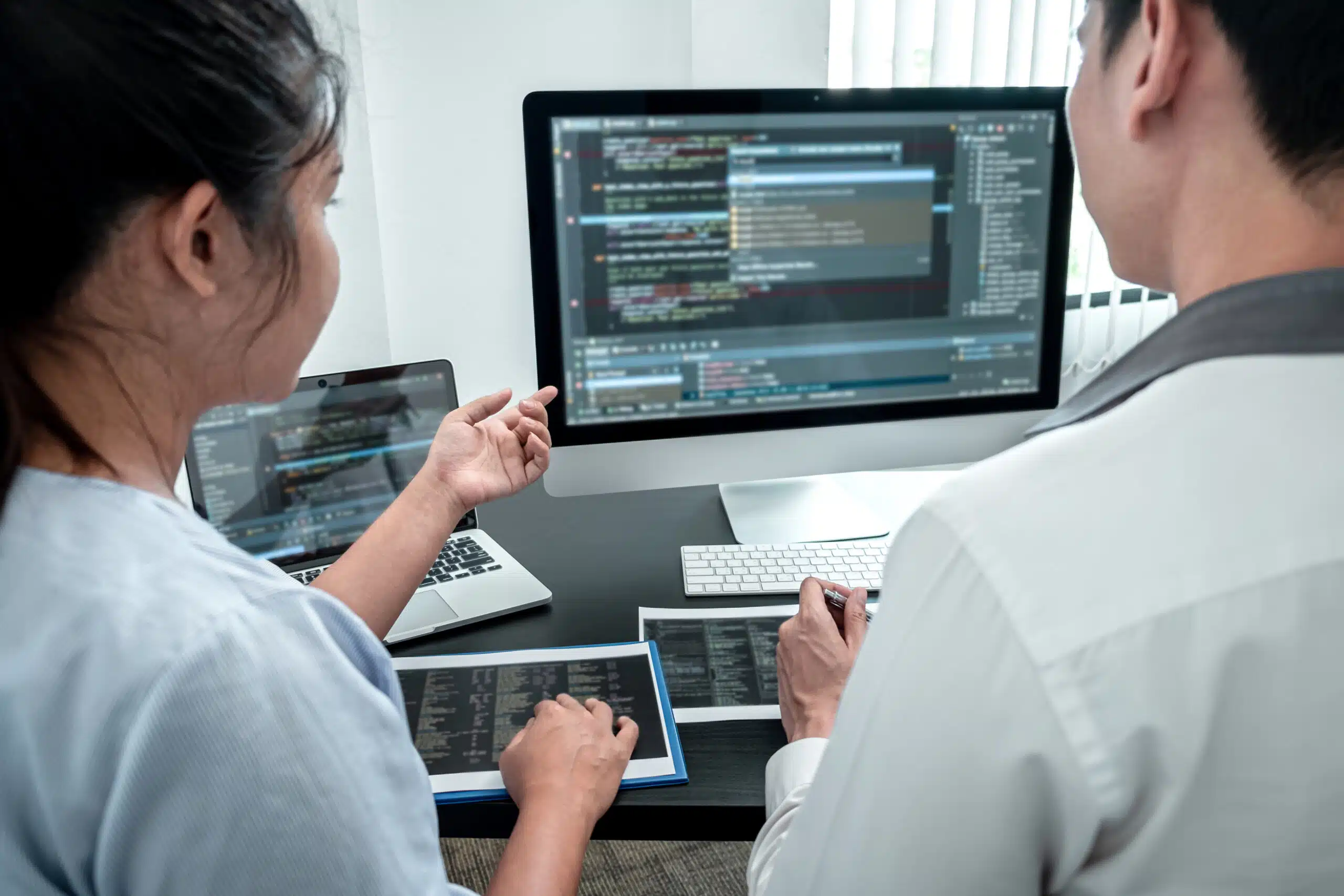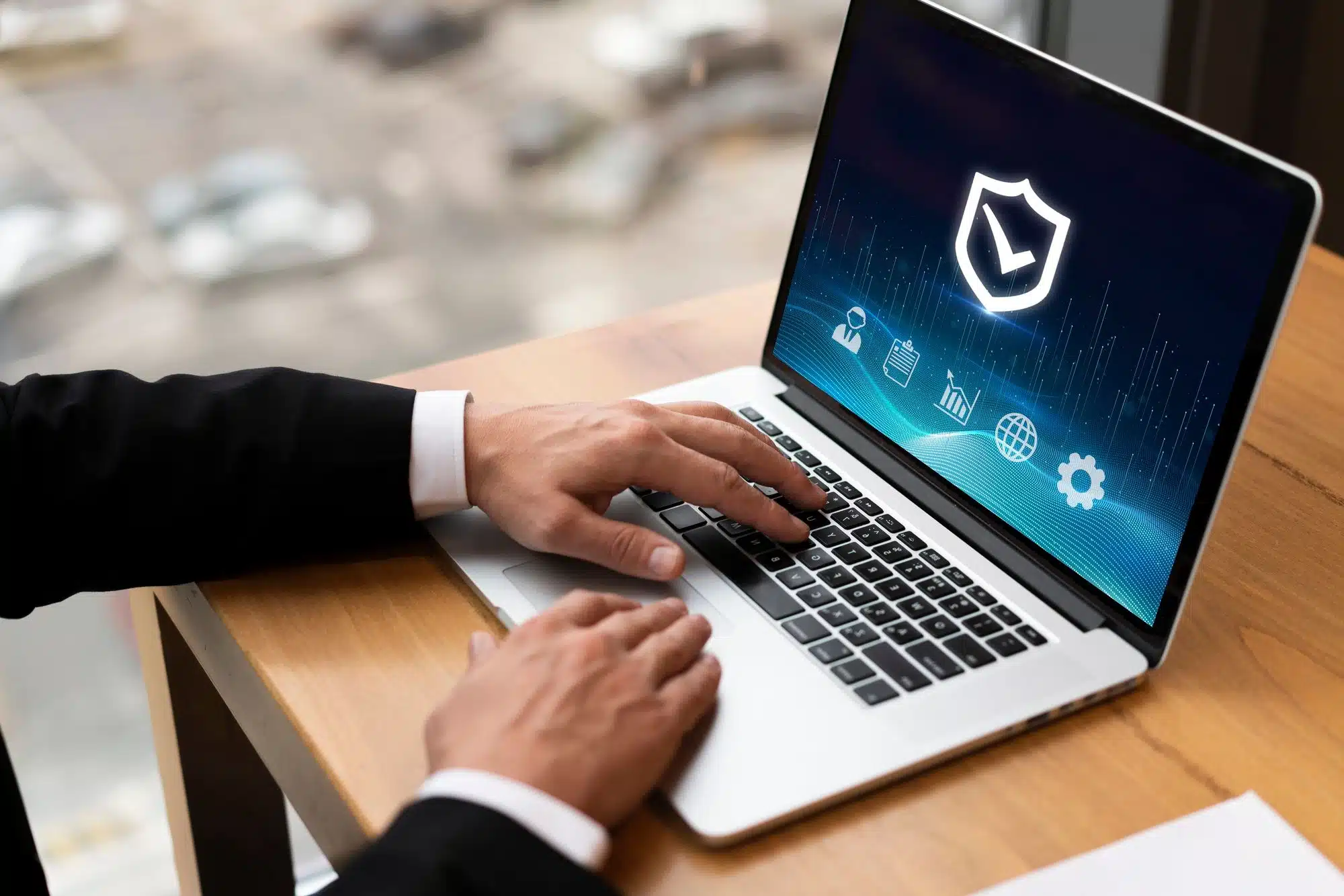A Crash Course in IT Basics


OVERVIEW
Start building your IT knowledge with commonly used terms and phrases.
If you’re new to IT, you may be feeling confused or overwhelmed by all the technical jargon you’re running into. While our programs are designed to teach you everything you need, we want to kickstart your confidence and help you make a bit more sense of the IT basics.
Use this crash course to get a better understanding of the commonly used terms you’ll see in our certifications, programs, and career paths.
HARDWARE BASICS
Hardware refers to the physical components of the computer and the accessories.
Examples: monitor, mouse, keyboard, processor, printer, touchpad
Mainframe Computer
A large, powerful unit made for storing and processing data and information that’s used by large corporations and organizations.
Personal Computer (PC)
Used by individuals and includes desktop, notebook/laptop, and tablet computers.
Central Processing Unit (CPU)
The “control center” that reads the information and instructions from the hardware and software and provides the necessary responses.
Hard Drive
The storage unit of the computer, from code needed to run software programs to saved songs and movies.
Random Access Memory (RAM):
Working memory that allows a computer to interpret more data at once, including running several programs concurrently.
SOFTWARE BASICS
Software is the general term for computer programs that tell the system what to do.
Examples: Operating system, games, applications, and installed security
Operating System:
Acts as the “traffic director” by supporting all the basic functions of the system, allowing you to access hardware and control programs. (Examples: iOS, Android, Windows).
Applications:
Optional, non-vital programs that allow you to perform certain tasks (Examples: Microsoft Word, Google Chrome, Photoshop).

NETWORK BASICS
A Network is a link between systems and computers that allows for sharing resources, data, and communication.
Examples: Internet
Local Area Network
(LAN)
Wide Area Network
(WAN)
Wireless-Local Area Network (WLAN)
Server

SECURITY BASICS
Computer and network security protects the information and connections stored on computers and mainframes from being stolen or destroyed by attackers.
Examples: Firewalls, antivirus software.
Software with a purpose of damaging or shutting down another system or computer, such as a virus.
Hardware or software that is used to block hackers from accessing the computer or network.
Person who breaks through computer security, often for malicious reasons.
Person who understands hacking and breaking through security in order to help businesses identify vulnerabilities and strengthen their security measures

